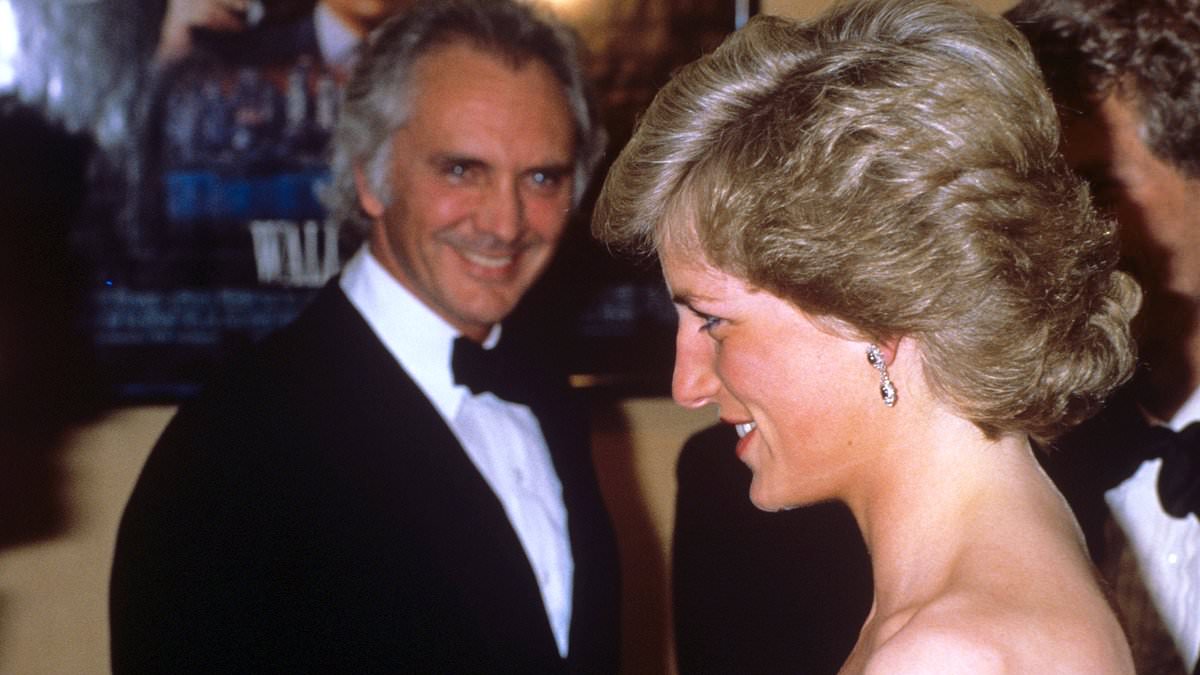
When Terence Stamp burst onto the cinematic scene in 1962 with his Oscar-nominated debut in Billy Budd, he was heralded as one of the most beautiful men in the world. His striking symmetry, piercing blue eyes, and boyish charm were captivating, earning him instant fame. However, his career trajectory and personal life unfolded as a fascinating tale of missed opportunities, unfulfilled potential, and a journey into self-discovery.
The Golden Years in the Swinging Sixties
Born and raised in East London, Stamp’s acting career began in a whirlwind of critical acclaim. Sharing a flat with Michael Caine on Harley Street during his early years, Stamp’s rise was meteoric. Caine mentored him, but their friendship frayed as Stamp’s fame eclipsed his own. In a humorous twist, Stamp’s hesitancy to take the lead in Alfie not only strained their relationship but also allowed Caine to seize a breakout role that catapulted him to stardom.
Stamp glided effortlessly into the Swinging Sixties, commanding roles in films like Far From the Madding Crowd alongside Julie Christie. His romance with Christie and later supermodel Jean Shrimpton embodied the glamour and turbulence of the era. Yet, his indecisiveness extended to his career. He turned down iconic roles, including King Arthur in Camelot, and often regretted his choices. As he admitted later in life, hesitation became his bane.
Nomadic Life and Spiritual Awakening
When his career wavered in the late 1960s, Stamp sought solace in travel and spirituality. Leaving behind the chaos of Hollywood, he ventured to India, immersing himself in ashram life under the guidance of Bhagwan Shree Rajneesh. Clad in dhotis and white robes, Stamp explored spirituality, tai chi, and even tantric practices during his time in Pune.
His bohemian existence also saw him living at the famed Albany complex in London, where he entertained guests like Princess Diana with whom he bonded over their shared love of health foods. Despite sporadic returns to film, such as his villainous role as General Zod in Superman II, Stamp’s wandering spirit defined much of his middle years.
Unfulfilled Promises and Final Years
Despite early accolades, the promise of his career never fully materialized, leaving Stamp to embrace a nomadic and reflective existence. His relationships, including a brief and late-life marriage to Elizabeth O’Rourke, were often tumultuous. Stamp’s sense of rootlessness extended into his later years, which he spent living in hotels and with friends rather than a permanent home.
However, his later life was not without purpose. From advocating for whole foods and vegetarianism to publishing healthy recipe books, Stamp channeled his eccentricity into promoting wellness. Though he lamented the letdowns of the 1960s, both personally and culturally, he remained a fascinating enigma—a man whose life was as unpredictable as it was magnetic.
Stamp’s legacy is less about what he achieved on the silver screen and more about the profound sense of curiosity and individuality he maintained throughout his life. As he once reflected, “We just got older.”






